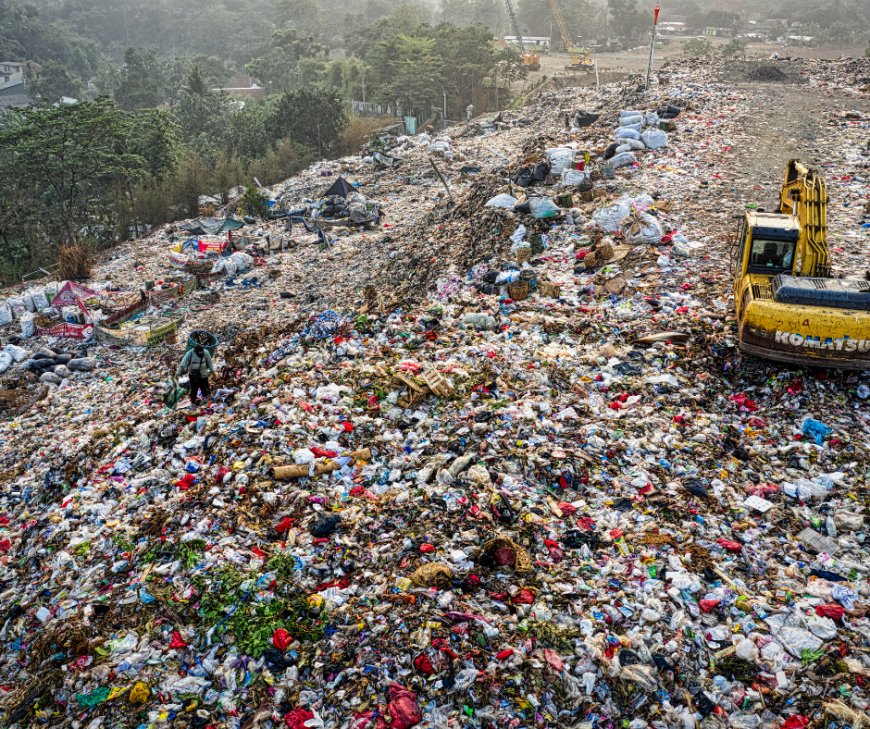India’s Pollution Crisis: A Growing Threat to Public Health and Environment
Pollution levels in India are rising at an alarming rate, affecting health, ecosystems, and the economy. Discover the causes, consequences, and solutions to India’s escalating pollution crisis. Keywords: pollution in India, air pollution India, water pollution India, environmental issues India, causes of pollution, effects of pollution in India, India pollution crisis, solutions to pollution India

India’s Pollution Crisis: A Growing Threat to Public Health and Environment
India, a country of remarkable diversity and rapid economic growth, is facing a pressing environmental challenge—rising pollution. From the smog-choked skies of Delhi to the plastic-filled rivers of the Ganges, pollution in its many forms is spreading across urban and rural landscapes alike. The increase in pollution in India is no longer just an environmental issue; it has become a public health emergency, an economic burden, and a threat to the country’s long-term sustainability.
Understanding the Scale of the Problem
India is now home to 14 of the world’s 20 most polluted cities, according to recent global air quality rankings. The air quality index (AQI) in several urban centers often crosses the "hazardous" mark, especially during the winter months. However, air pollution is just one part of the larger issue. Water bodies are being contaminated with industrial waste, noise levels in cities regularly exceed safe limits, and soil contamination due to pesticides and heavy metals is affecting agriculture and food safety.
Major Types of Pollution in India
-
Air Pollution
-
Causes: Vehicular emissions, industrial smoke, construction dust, crop burning, and coal-fired power plants.
-
Impact: Respiratory diseases, cardiovascular issues, lower life expectancy, poor visibility, and increased health costs.
-
Worst-hit Areas: Delhi-NCR, Kanpur, Ghaziabad, and other major industrial hubs.
-
-
Water Pollution
-
Causes: Discharge of untreated sewage, industrial effluents, agricultural runoff containing fertilizers and pesticides.
-
Impact: Contaminated drinking water, waterborne diseases, declining aquatic biodiversity.
-
Notable Cases: Ganga and Yamuna rivers, which have long been considered sacred, are among the most polluted rivers in the country.
-
-
Soil Pollution
-
Causes: Excessive use of chemical fertilizers, pesticides, improper waste disposal.
-
Impact: Reduced agricultural productivity, contamination of crops, loss of soil fertility.
-
-
Noise Pollution
-
Causes: Urban traffic, construction activities, loudspeakers, industrial noise.
-
Impact: Hearing loss, sleep disturbances, increased stress levels, reduced concentration.
-
-
Plastic Pollution
-
Causes: Single-use plastics, poor waste management systems.
-
Impact: Blocked drainage systems, harm to wildlife, long-lasting non-biodegradable waste.
-
Root Causes of Pollution in India
-
Rapid Urbanization: As cities expand, infrastructure often lags behind. Poor urban planning leads to traffic congestion, inadequate sewage treatment, and increased waste generation.
-
Industrial Growth: While vital to economic progress, industries are major contributors to air and water pollution due to lax enforcement of environmental regulations.
-
Agricultural Practices: Stubble burning in northern India during the post-harvest season is a major cause of winter smog. Additionally, excessive use of fertilizers and pesticides pollutes soil and water.
-
Lack of Environmental Awareness: Many citizens are still unaware of how their daily habits contribute to pollution or how to reduce their carbon footprint.
-
Weak Regulatory Framework: Though India has environmental laws, enforcement is often inconsistent and penalties are insufficient to deter violators.
Impact on Public Health
The World Health Organization (WHO) estimates that air pollution alone causes over 1.6 million premature deaths in India each year. Children and the elderly are especially vulnerable. Chronic illnesses like asthma, bronchitis, heart disease, and cancer are on the rise in polluted regions. Mental health is also being affected, with studies linking pollution exposure to increased anxiety and depression.
Economic and Environmental Consequences
Pollution in India carries an enormous economic cost. According to a World Bank study, the total damage from environmental degradation amounts to about 5.7% of India’s GDP annually. Furthermore, pollution affects tourism, agriculture, and the country's global image. It also accelerates climate change, creating a vicious cycle of ecological degradation.
Government Initiatives and Policies
-
National Clean Air Programme (NCAP): Aims to reduce PM2.5 and PM10 levels in over 100 non-attainment cities by 20-30% by 2024.
-
Swachh Bharat Abhiyan: Focuses on improving sanitation and waste management.
-
Ban on Single-Use Plastics: Implemented in phases to reduce plastic pollution.
-
Namami Gange Programme: Targets the rejuvenation of the Ganga river.
-
BS-VI Emission Standards: India leapfrogged directly from BS-IV to BS-VI to reduce vehicular pollution.
While these are positive steps, implementation and sustained public engagement remain key challenges.
Role of Citizens and Private Sector
Tackling pollution requires a collective effort. Citizens can:
-
Use public transport or carpool.
-
Reduce plastic usage and segregate waste.
-
Plant trees and support green initiatives.
-
Avoid burning waste and support sustainable agriculture.
Private companies can:
-
Invest in green technologies.
-
Comply with pollution control norms.
-
Participate in Corporate Social Responsibility (CSR) initiatives focused on the environment.
Future Outlook: Can India Overcome Its Pollution Crisis?
India is at a crossroads. The choices made today will determine whether future generations inherit a clean and sustainable environment or one marred by irreversible damage. With the right mix of policies, enforcement, innovation, and community participation, it is possible to reverse the tide.
Public awareness, stricter regulations, investment in renewable energy, and sustainable urban planning are essential to control and eventually reduce pollution. The time to act is now—before the crisis becomes unmanageable.
Final Thoughts
The increase in pollution in India is a complex and urgent issue that touches every aspect of life—from health to economy to ecology. It demands coordinated action from government, industry, and individuals alike. While the road ahead is challenging, it is not insurmountable. With sustained efforts, India can breathe easier, drink cleaner, and move toward a greener future.











